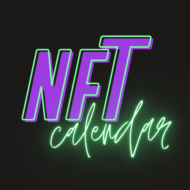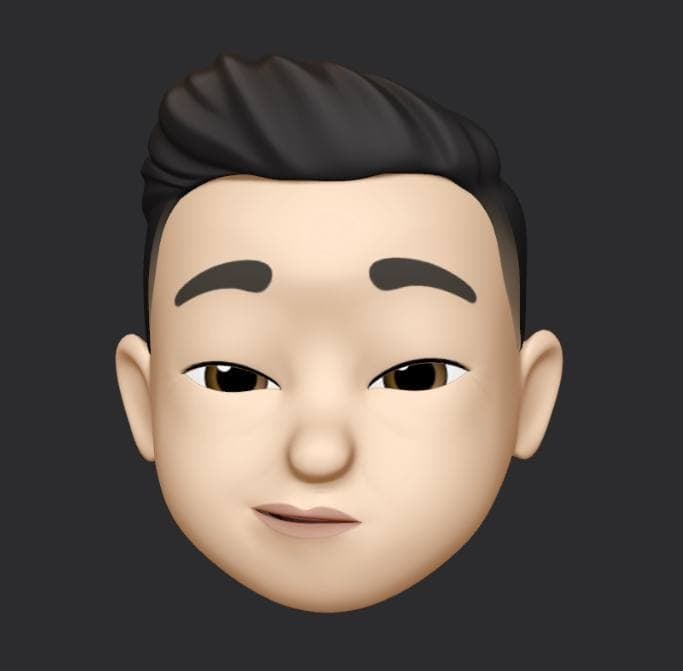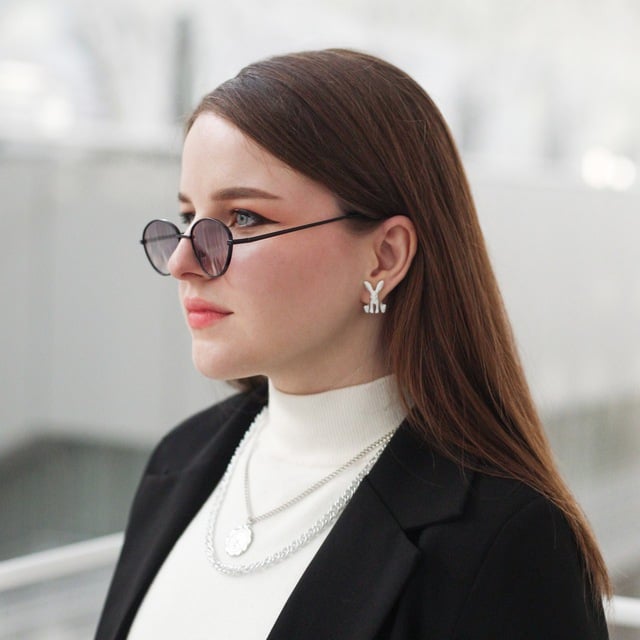What's good in the hood, folks? I'll tell you what. Today my guest is VEL LY — a visual full-time artist, who works in beauty and fashion. She works in mixed media, combining traditional and digital art and experiments with vibrant colours and bold textures. The artist uses female imagery in her works and incorporates animated elements, which make her work stand out, according to her collectors.
Chris: Can you tell us a bit about your artistic career and how you came to create NFT art?
Vel Ly: The passion to be an artist has always been my main motivation. I started my journey in the art industry in 2011, when I was working as a private art teacher. Since 2013 I started accepting commissions, I was drawing portrait and fashion illustrations. I received my first big offer in 2016 when I was reached out to work as an artist on Dior event in Moscow. Since then I worked as an event illustrator with Bulgari, Givenchy, Jo Malone London, Cartier and many others. Besides event illustration I've worked on other projects, collaborated with brands, hosted workshops and lectures.
I first heard about NFTs in 2020, but I truly became interested in this sphere only at the beginning of 2022. After conducting some research, I realised that it is a fascinating and promising field. I aspired to be a part of it, so I started developing my creativity in the WEB3 space.
Chris: As an NFT artist, do you find that your audience and collectors have different expectations or preferences compared to traditional art enthusiasts? How do you accommodate both?
Vel Ly: NFT collectors are typically drawn to the digital accessibility of NFT art. They appreciate the ease of access, ability to view and own art online. On the other hand, traditional art collectors value the physical tangibility of artworks, the craftsmanship, and the experience of viewing art in person. In my art I combine digital and traditional art, this helps me to accommodate both. Every NFT I create starts with a physical art pieces which then being reimagined digitally. So, in the end, I have two original but different art pieces: one is physical meant for traditional art collectors and another one is digital for NFT collectors.
Chris: Have you experienced any significant milestones or breakthroughs in your NFT career that you would like to share with us?
Vel Ly: Perhaps the most crucial milestone in my career as an NFT artist, as well as for many other creators, was the first NFT sale. I listed my first artwork on the blockchain in February 2022. I had very high expectations, thinking that my work would sell instantly. At that time, I had no idea where and how to find collectors, and I didn't realise how much effort goes into selling a single piece. I naively believed that my artworks would just sell themselves. It took me a significant amount of time to figure out how to work with collectors. At one point, I felt incredibly desperate because things weren't working out. Finally, my first sale happened in December 2022, ten months after listing my fist NFT on the blockchain! I still remember the joy and excitement of that moment vividly, it was a huge breakthrough for me. However, after overcoming the challenging process of my first sale, my NFTs started selling regularly, and achieving a sold-out was no longer a problem.
Chris: What impact do you think NFTs will have on the concept of art ownership and provenance in the long run?
Vel Ly: NFTs have given artists a new way to monetise their digital art directly without the need for intermediaries like galleries and auction houses. This direct relationship between artists and collector allows creators to retain more control over their work and its value.
As NFTs gain popularity, traditional art institutions may need to adapt to the changing landscape, ‘cause it challenges the established market, raising the question about the role of galleries and art dealers. Anyone with an internet connection can sell, buy and own NFTs, democratising the art market to a certain extent. In my opinion, this accessibility could lead to increased diversity in art collections and support for artists worldwide.
Blockchain technology provides an immutable and transparent record of ownership. This can significantly enhance the provenance of artwork, allowing collectors and institutions to trace the history of an artwork back to its original creator and subsequent owners. As NFT adoption grows,
I think it could become the standard for verifying art ownership and provenance.
In my opinion, the impact of NFTs on art ownership and provenance will largely depend on how the technology evolves, how artists and collectors adapt to the new landscape, and how the market and regulatory bodies respond to the challenges and opportunities presented by NFTs.
Chris: How do you strike a balance between creating art for personal expression and creating art that appeals to the broader NFT market?
Vel Ly: First and foremost, I prioritise authenticity in my art. I create pieces that resonate with my emotions, experiences, and artistic vision. Personal expression is the foundation of my work, and I believe that genuine art connects deeply with audiences. By staying true to myself and my distinctive artistic style, I can create unique and original artworks that stand out in the NFT market.
Chris: Have you ever faced any backlash or criticism from traditional art communities regarding NFTs? How do you address this divide?
Vel Ly: There is a fear among traditional artists and collectors that the popularity of NFTs may lead to the devaluation of physical art forms. They worry that the focus on digital assets might diminish the significance of traditional art mediums.
I consider myself both: an NFT artist and a traditional artist. In my opinion, NFT art and physical art can coexist harmoniously in the art world. Each medium offers unique opportunities for artists to express themselves and connect with audiences in different ways. NFTs provide a revolutionary platform that allows artists like myself to reach a global audience, transcend geographical boundaries, and share our creations instantly with the world.
Rather than replacing physical art, NFTs complement and expand the art landscape, offering a fresh perspective and innovative ways to engage with art. The advent of NFTs has brought new collectors and enthusiasts to the art scene, sparking interest and curiosity in art in general. By embracing both digital and physical art forms, we can celebrate the diversity and richness of artistic expression.
Chris: In your opinion, what are some of the misconceptions people have about NFT art that you'd like to debunk?
Vel Ly: I’ve heard a lot of misconceptions saying that NFT art is a bubble that will burst or that it’s just a passing fad. Some critics view NFTs as a temporary trend that will lose its appeal over time, but i disagree. NFTs have already demonstrated its staying power and have brought significant changes in various industries. It’s undeniable that NFTs have real utility beyond just art, including applications in gaming, virtual real estate and digital identity. As the technology matures and becomes more integrated into out digital lives, NFTs are likely to have a lasting impact.
Chris: Thanks for being with me, any last words? Where can our readers follow you?
Vel Ly: Thank you for having me! I’m most active on Instagram and Twitter, but I have other socials too. Your readers can check all my links here http://vellyart.com/links and choose themselves where to follow me.




